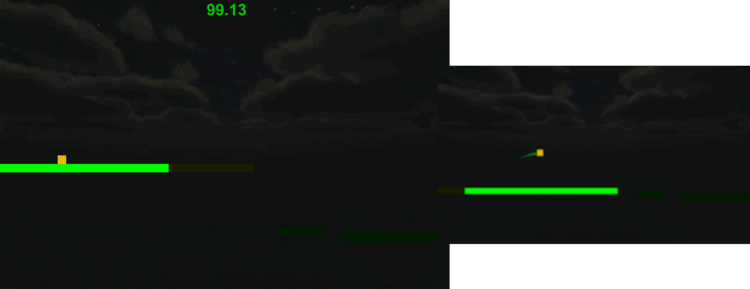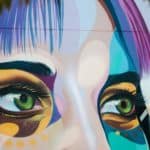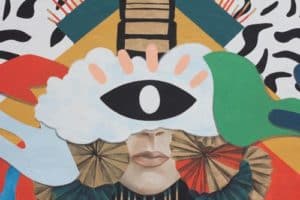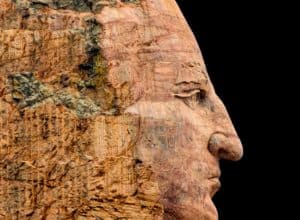Ideas Born From Qalupalik
It’s the nature of game development that as you iterate on ideas, new ideas tend to form and if you’re not careful you can get wildly out of control and working on twenty projects at one time. This is Pinnguaq. We can’t say no to an idea.
We’re working on a game called Qalupalik. It’s our biggest game and features a considerable amount of running and jumping. Right from the start, we knew we had to figure out how to make jumping fun.
Jumping in games may seem like a basic concept but it can make or break a game. Look at Mario Brothers 2. One of the key things that make Mario, Peach, Luigi, and Toad play so differently is the way they jump. This basic mechanic, slightly tweaked, can change entirely how a game is played.
A modern platformer game relies on perfect level design and the ability to time jumps well. The modern Zelda games tend to “auto jump” – meaning if you approach an area that you would normally jump and you’re at the appropriate speed, the game takes care of the jump for you. Both are great, but what would work for Qaluaplik?
Cube Jumper
This is where we began our prototyping for Qalupalik and this is how Art Alive was born. We created a number of different games that explored the various ways of jumping in a game. We explore a number of those prototypes in this blog post, but one prototype stuck with us as we moved into where Qalupalik is now. That prototype we called “Cube Jumper.”

Yeah, literally. It was a cube that jumped.
Cube Jumper invoked a very simple control scheme on a tablet that allowed the user to control and time jumps across a constantly moving scene. It was challenging, developed in a day and extremely fun. At the same time, Ryan, who had spent the previous six years working in the arts in Nunavut had a desire to create a game around Inuit art. ALSO at the same time we were all playing through the great game on the history of typography and fonts, Type: Rider. It was the perfect storm of influence. Art Alive was born.
We wrote up a page of ideas that included this single image:

The idea was to create a game where the player starts as a blob of ink and slowly start to take form and recreate themselves on a print. The player would start by rolling across the level and as he/she takes form it would reveal elements of the print, brought to life. The idea is that, like Type:Rider it would explore a story that entertains as much as educates.
The First Art Alive Prototypes
From there, we started holding Google Hangout conference calls in the print room of Uqqurmiut, going through decades of Pangnirtung prints and trying to decide which ones to start with.
Ultimately we decided on a number of prints and started experimenting. We took the prints, cut out the various elements and created 3D outlines of them in blender. Soon these elements were coming to life and creating platform like elements to each one.
In this example, you can see a portion of the print in which we first identified the elements we wanted to create as platforms.
Then cut it out in a program like Photoshop where they were broken down and identified.
They were then brought into Blender and made into 3D objects which finally;
Were pushed into Unity to create platforms.
As Art Alive has grown it has moved significantly beyond these humble origins with the duck print. The games you will see on June 20 at McMichaels incorporate all sorts of influence but center around the same basic idea, learning and exploring art in an interactive space. We’ll start to explore those ideas in the coming weeks.




